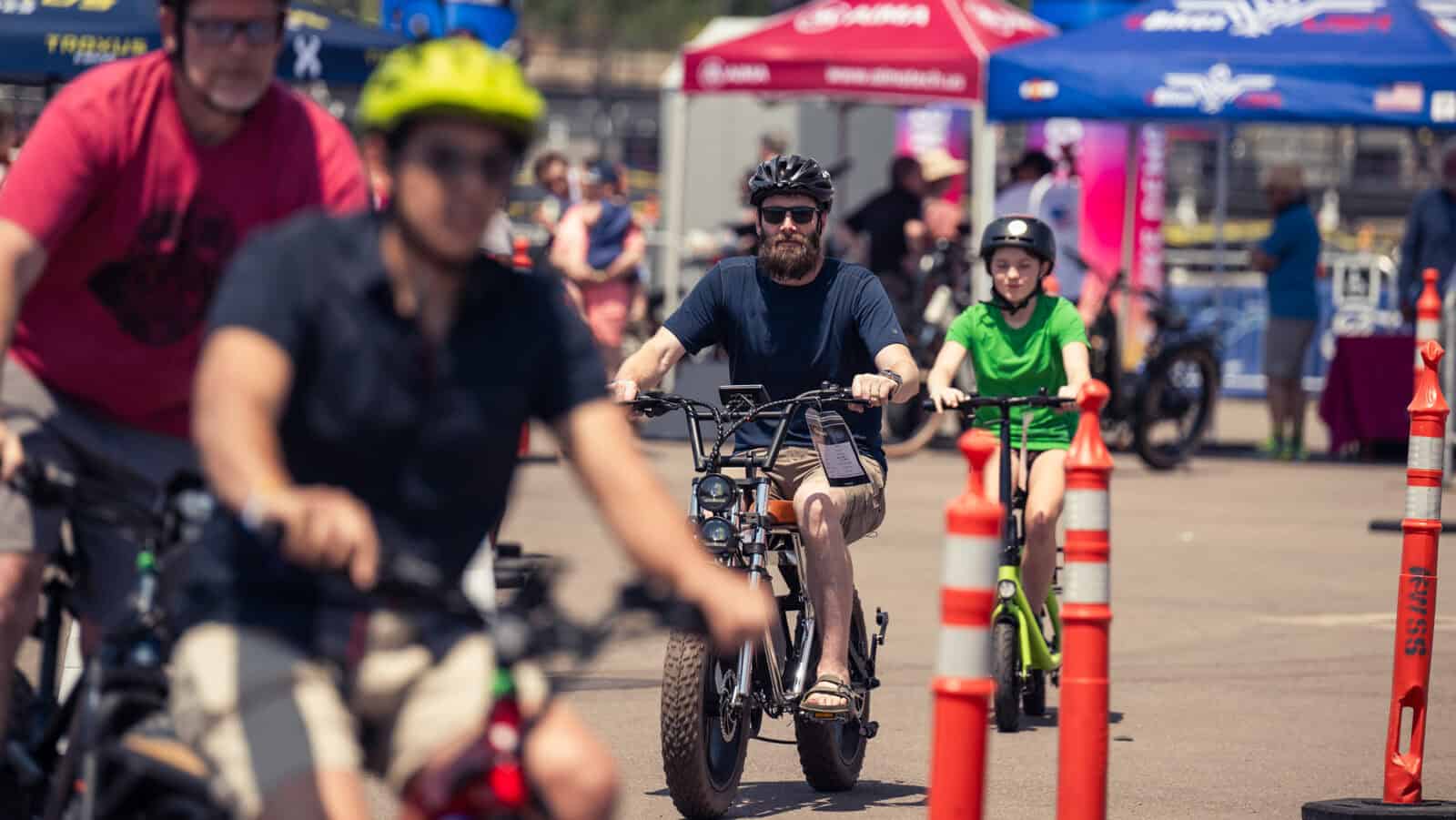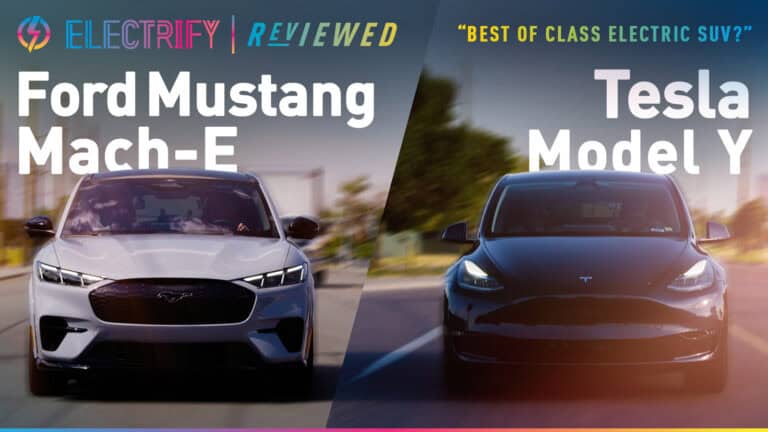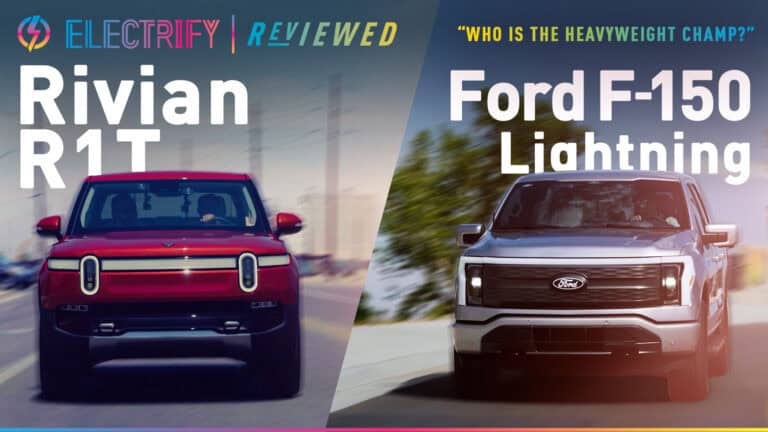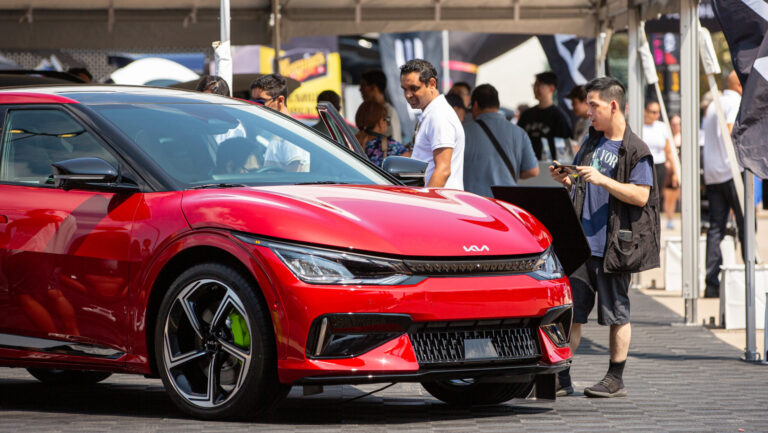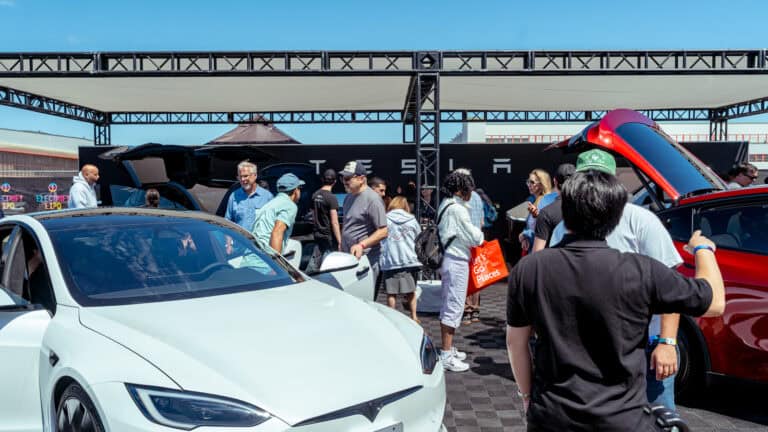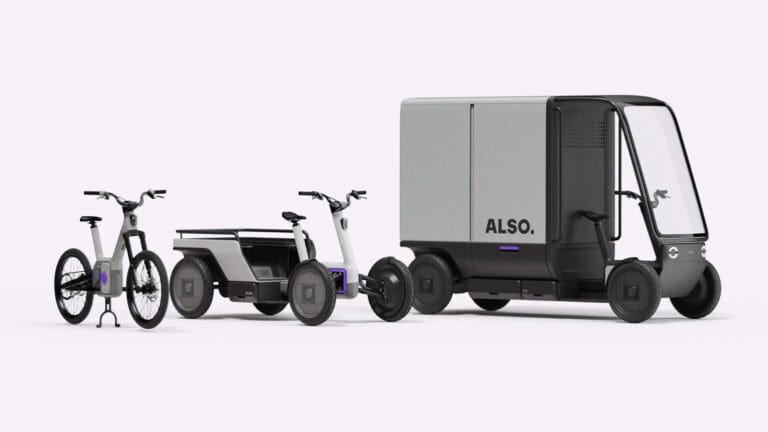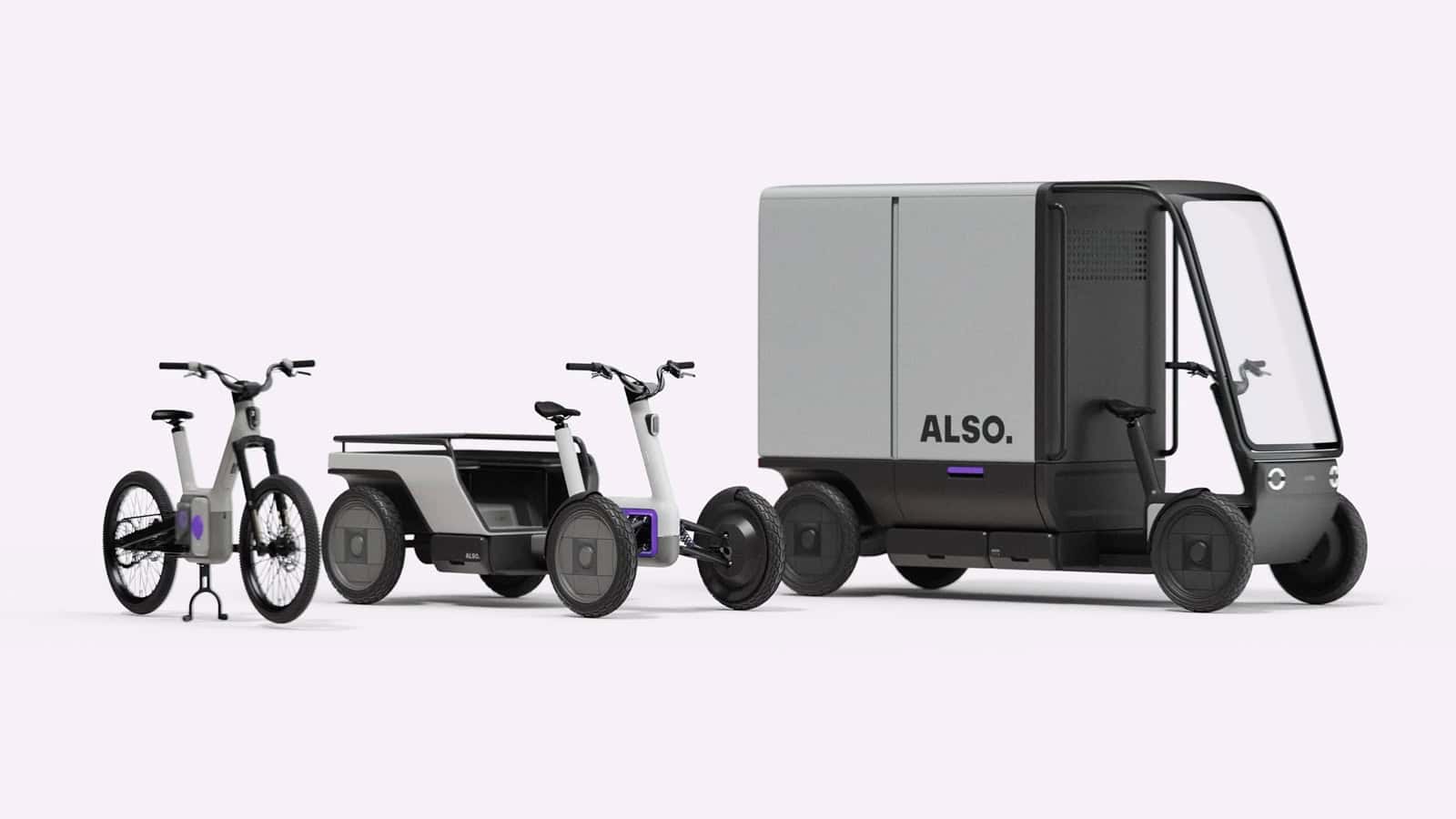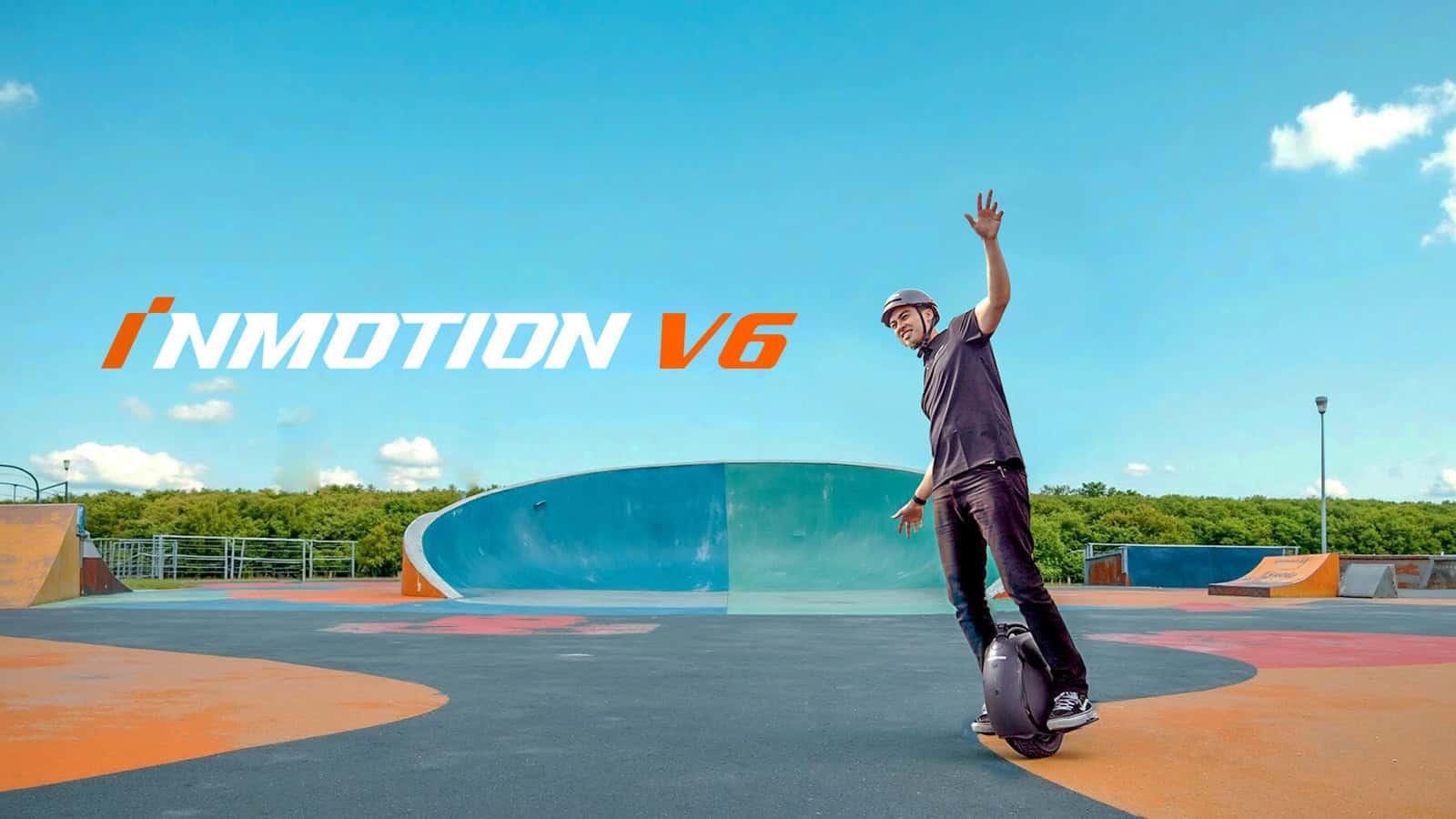- AB 891 would allow Caltrans to complete six quick-build safety projects using low-cost materials by the end of 2028.
- Denver’s e-bike rebate program put 4,734 new e-bikes on the road in 2022 alone, over 65% went to low-income residents.
- Over 50% of U.S. car trips are under three miles, perfect for replacing with e-bike travel, but only where safe infrastructure exists.
ADVERTISEMENT
Ever feel like your daily commute could double as an obstacle course? Horns blasting. Cars flying past. Sidewalks cracked, if they exist at all. Now imagine trying that gauntlet on a bike… with your kid in tow.
Here’s the part that should make you sit up. Around 4,000 people die on California roads each year. One in four? Pedestrians and cyclists. And many of those tragedies happen on state routes, roads that might look like highways on paper but function like local streets in real life. You cross them to get to school, to the grocery store, to your job. They’re everywhere. And they’re dangerous.
So why do fixes take decades? Why do we wait years for life-saving improvements like crosswalks or protected bike lanes?
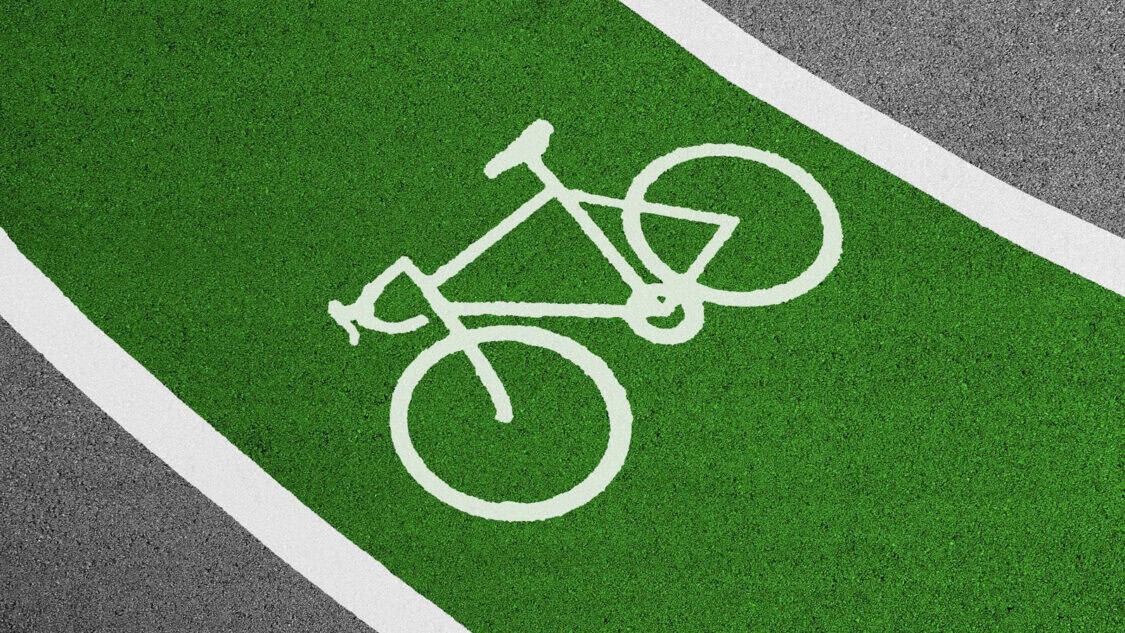
That’s where the concept of “quick-build” comes into play. This approach isn’t a trendy phrase or another bureaucratic delay. It provides a practical method to bring real safety improvements to the streets in a matter of weeks or months, rather than waiting for years.
Instead of full pavement reconstruction, projects use paint to create lanes and markings. Planters can replace permanent concrete medians. These projects are designed to be installed quickly and affordably, with public feedback considered from the start.
Assemblymember Rick Chavez Zbur introduced AB 891 to create a Quick-Build Project Pilot Program within Caltrans. The purpose of this bill is to speed up the development and implementation of these safety improvements on state highways by allowing Caltrans to bypass the drawn-out planning and funding procedures typically required for such projects.
But this bill? Hanging in suspense. Literally.
ADVERTISEMENT
Assembly Bill 891 is just one piece of the puzzle. California is also considering the development of bike highways through Assembly Bill 954, introduced by Assemblymember Steve Bennett. This bill outlines a plan to create clearly designated bicycle highway networks in two of the state’s metropolitan areas.
The goal is to support longer-distance bike travel and provide direct connections to key destinations such as job centers, schools, and transit hubs. Much like quick-build projects, bike highways focus on making cycling a viable daily transportation option, not just for recreation, but for getting where people actually need to go.
But while the ideas are smart and the need is urgent, the process is anything but smooth. AB 891 is stuck in what Sacramento calls the “Suspense File.” That’s political speak for: it may never see the light of day, killed off in a behind-the-scenes meeting before anyone can argue for it publicly. No debate. No transparency.
So what can you do? Speak up. The Appropriations Chair, Assemblymember Buffy Wicks, has the power to greenlight or gut this bill. And the ask is simple: not one more death. CalBike makes it easy, you can visit their site and tell the Appropriations Chair to support the Quick-Build Bill.
Because while Caltrans waits, people keep getting hit. Killed.

Quick-build isn’t some idealistic policy plucked from an urban planner’s dream board. It’s boots-on-the-ground, budget-conscious, and community-tested. It works.
And it pairs perfectly with something else that’s surging right now… e-bike adoption.
In cities like Denver, e-bike incentive programs are flipping the script on commuting. In 2022 alone, 4,734 e-bikes hit the streets of Denver thanks to a wildly popular rebate program. Most buyers were lower-income. Most trips were less than six miles. That’s the sweet spot, where an e-bike replaces a car trip and cuts emissions, saves money, and reduces traffic.
Electric bikes are enjoyable to ride and serve a practical purpose in daily transportation. However, without safe routes to use them, many people will not make the switch from driving. The availability of secure, well-planned infrastructure must catch up with the growing demand for this form of transportation.
ADVERTISEMENT
Cities and states are getting the message. Since 2022, over ten states and D.C. have launched e-bike rebate programs. Vermont is in. California is working on it. And planners now have a new tool, which is the E-Bike Environment and Economics Impact Assessment Calculator from RMI. It helps cities run the numbers, estimate savings, predict health outcomes, and track how much VMT (vehicle miles traveled) drops when people swap a few car trips for e-bike commutes.
The data makes a strong case. More than half of all trips taken in the United States are less than three miles. In fact, sixty percent are under six miles. These short distances are well within range for travel by electric bicycle rather than a car.
And while we are discussing stats, here is one that cannot be ignored: one in four people killed on California roads are pedestrians or cyclists. That number alone should make us pause.
We don’t need sweeping overhauls or futuristic concepts. We need crosswalks that are visible. Cones to slow traffic. Planters that create real separation between bikes and cars. Temporary curb barriers that protect lives. Functional, connected bike lanes that actually get used. We need AB 891 to move out of the Suspense File and into reality.
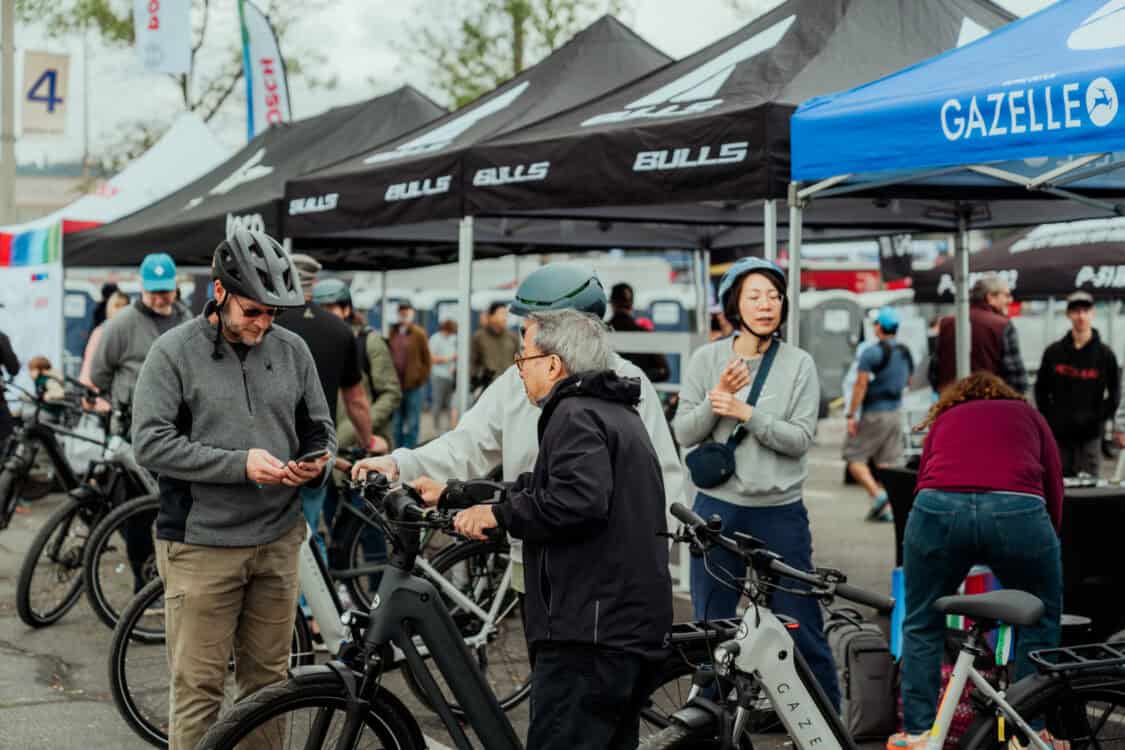
How does that happen? People speak up. They apply pressure by signing petitions. They take action by sending emails and making phone calls to state representatives who have the authority to approve these changes.
So, what can you do to support these initiatives? Here are some actionable steps:
- Advocate: Reach out to your local representatives to express support for bills like AB 891 and AB 954.
- Participate: Engage in community meetings and provide feedback on proposed quick-build projects in your area.
- Ride: Consider incorporating e-bike trips into your routine, especially for short distances.
- Educate: Inform friends and family about the benefits of e-bikes and the importance of safe infrastructure.
When cities implement quick-build infrastructure alongside supportive policies and involve the community in the process, they create urban environments that are safer, more accessible, and more sustainable for everyone.
ADVERTISEMENT

SOURCES | IMAGES: CALBIKE, RMI | ELECTRIFY EXPO, NEOSiAM 2024+
FTC: We use income-earning auto affiliate links. Learn more.


